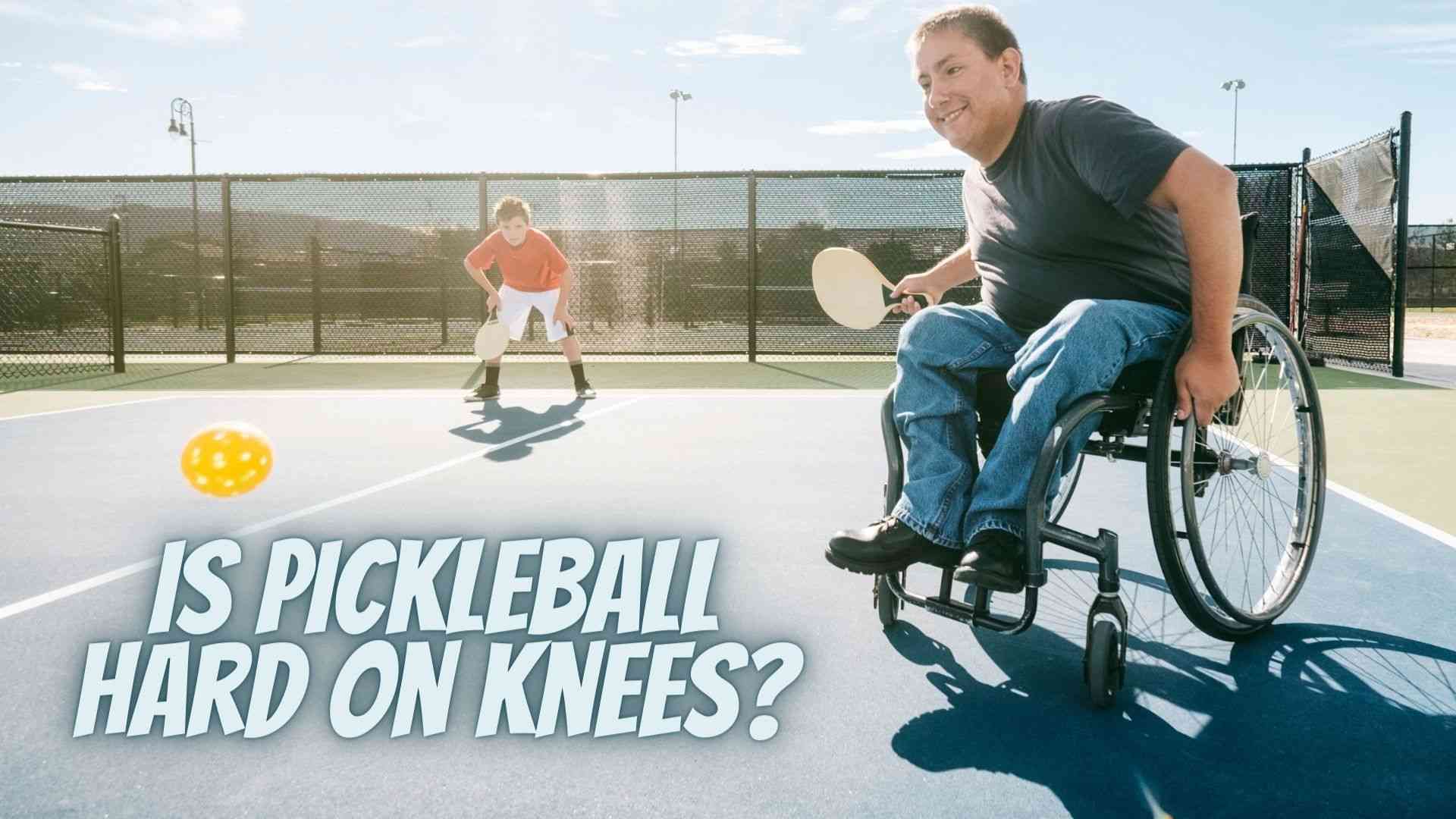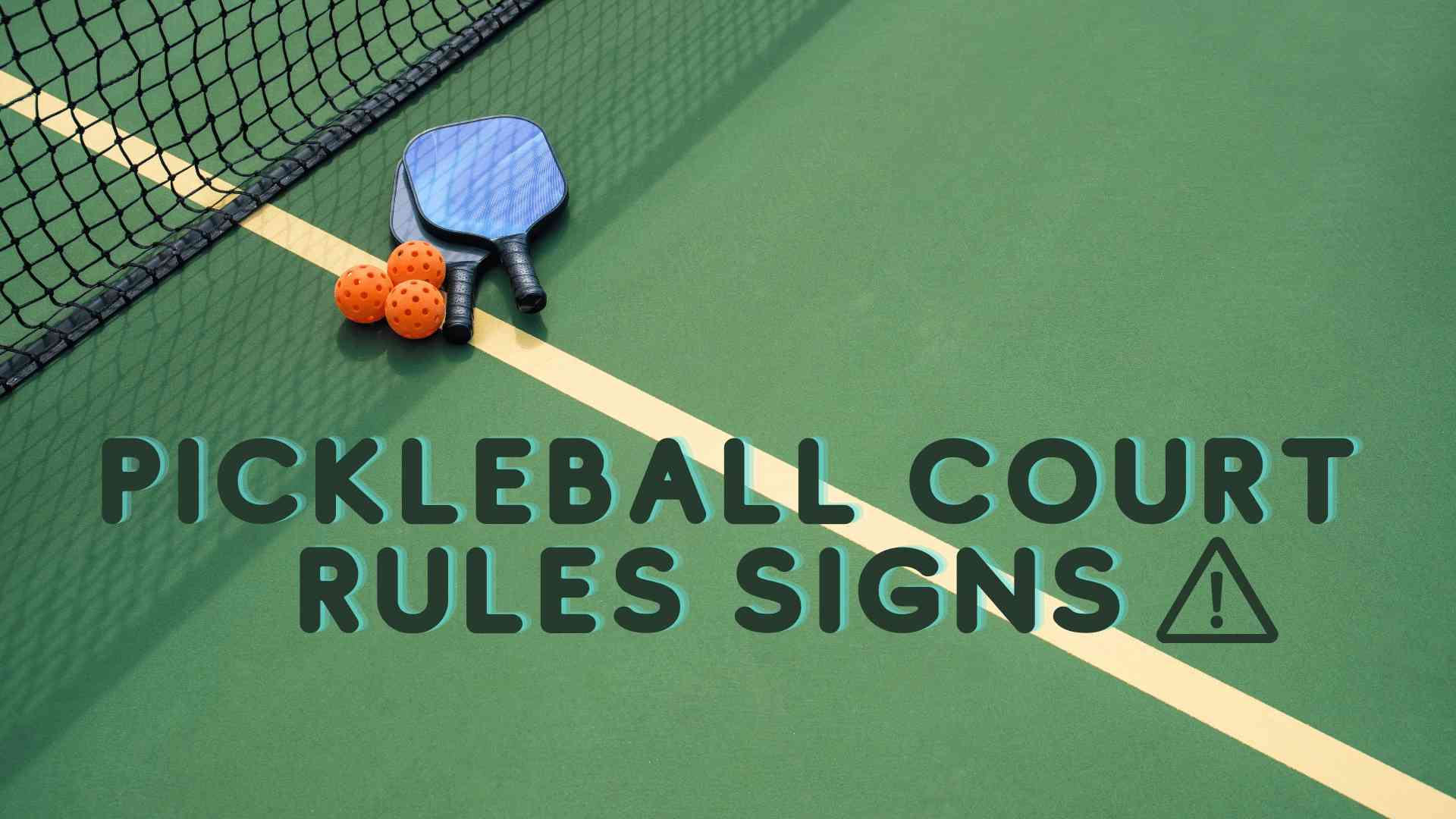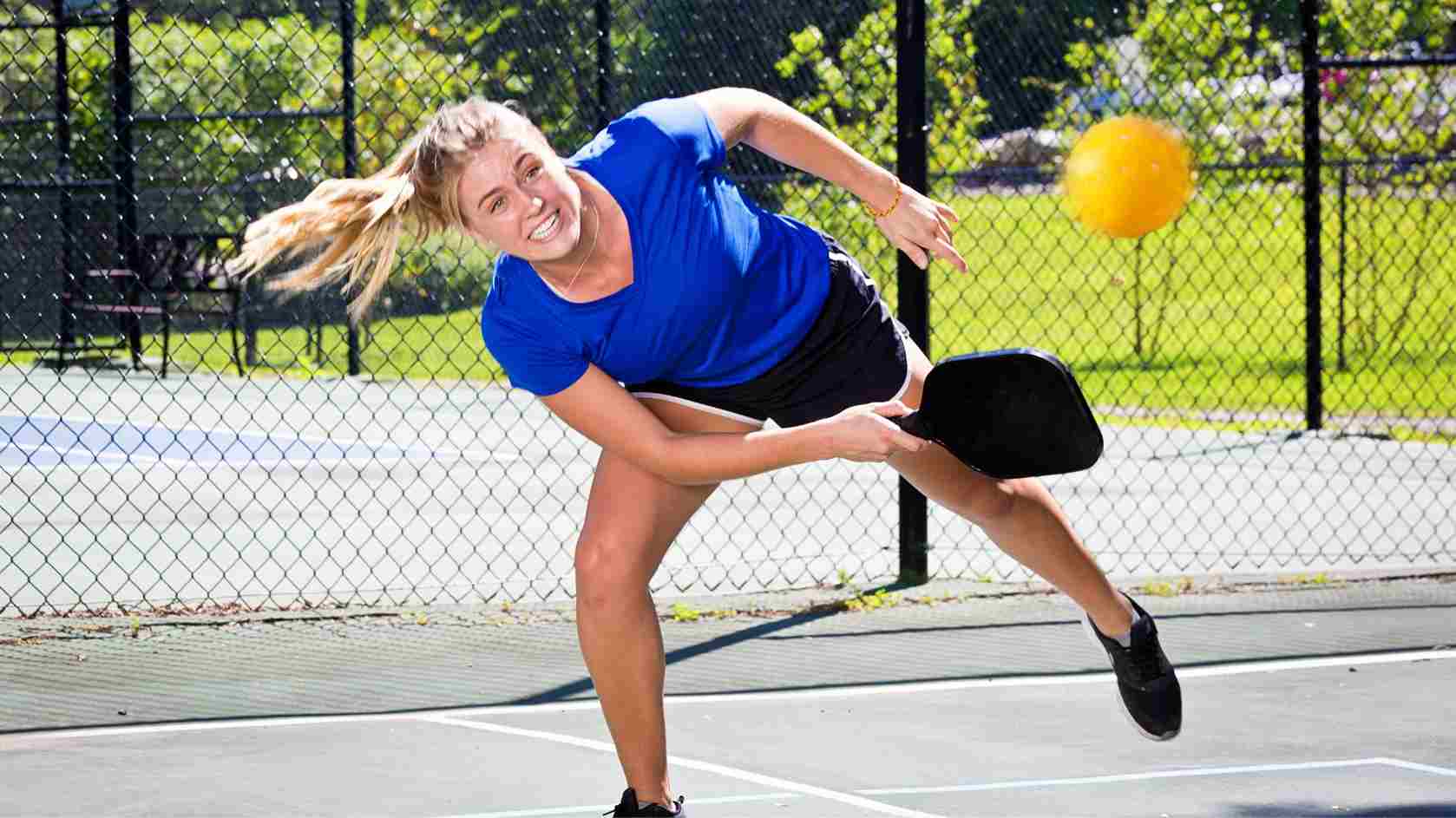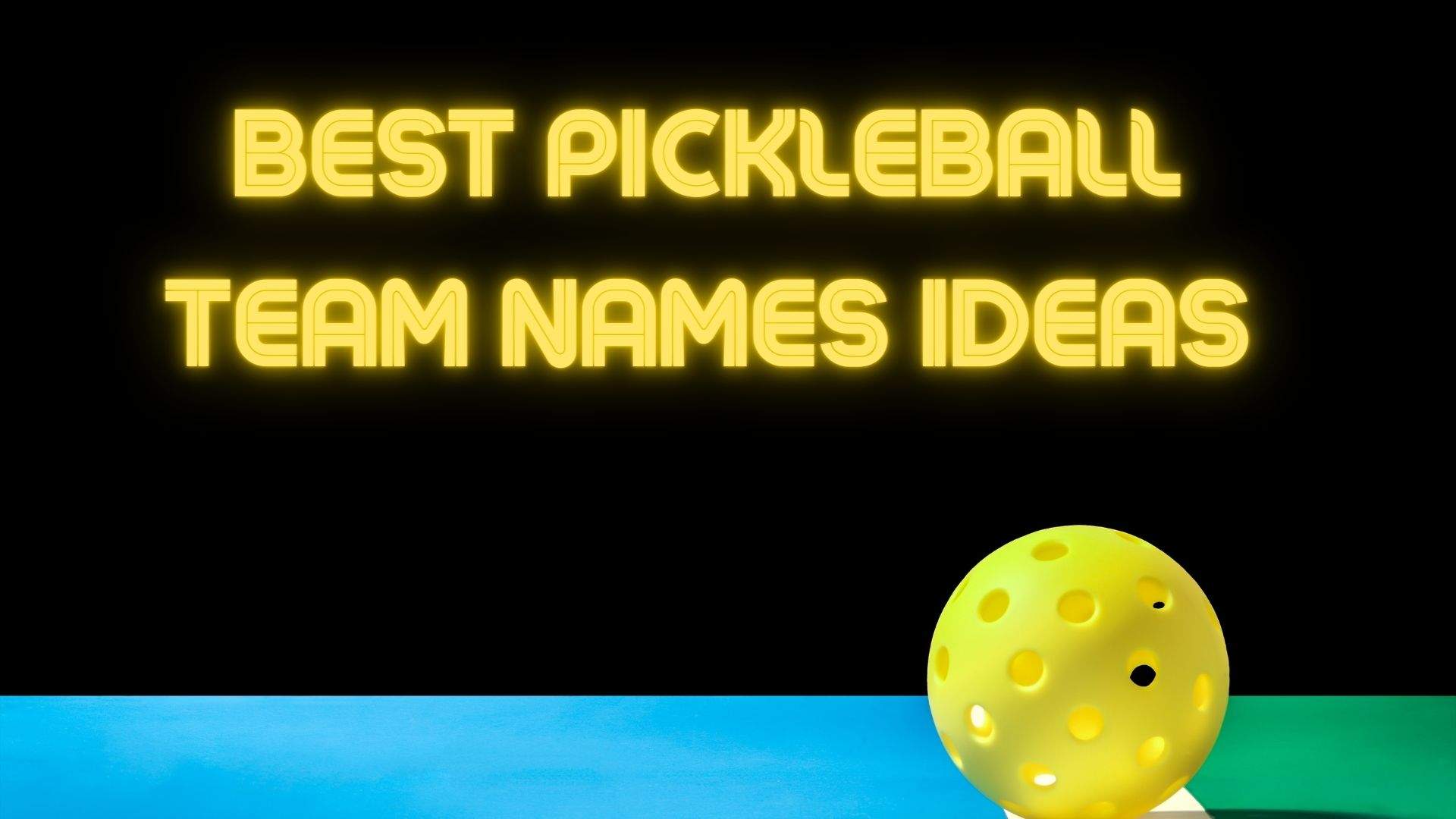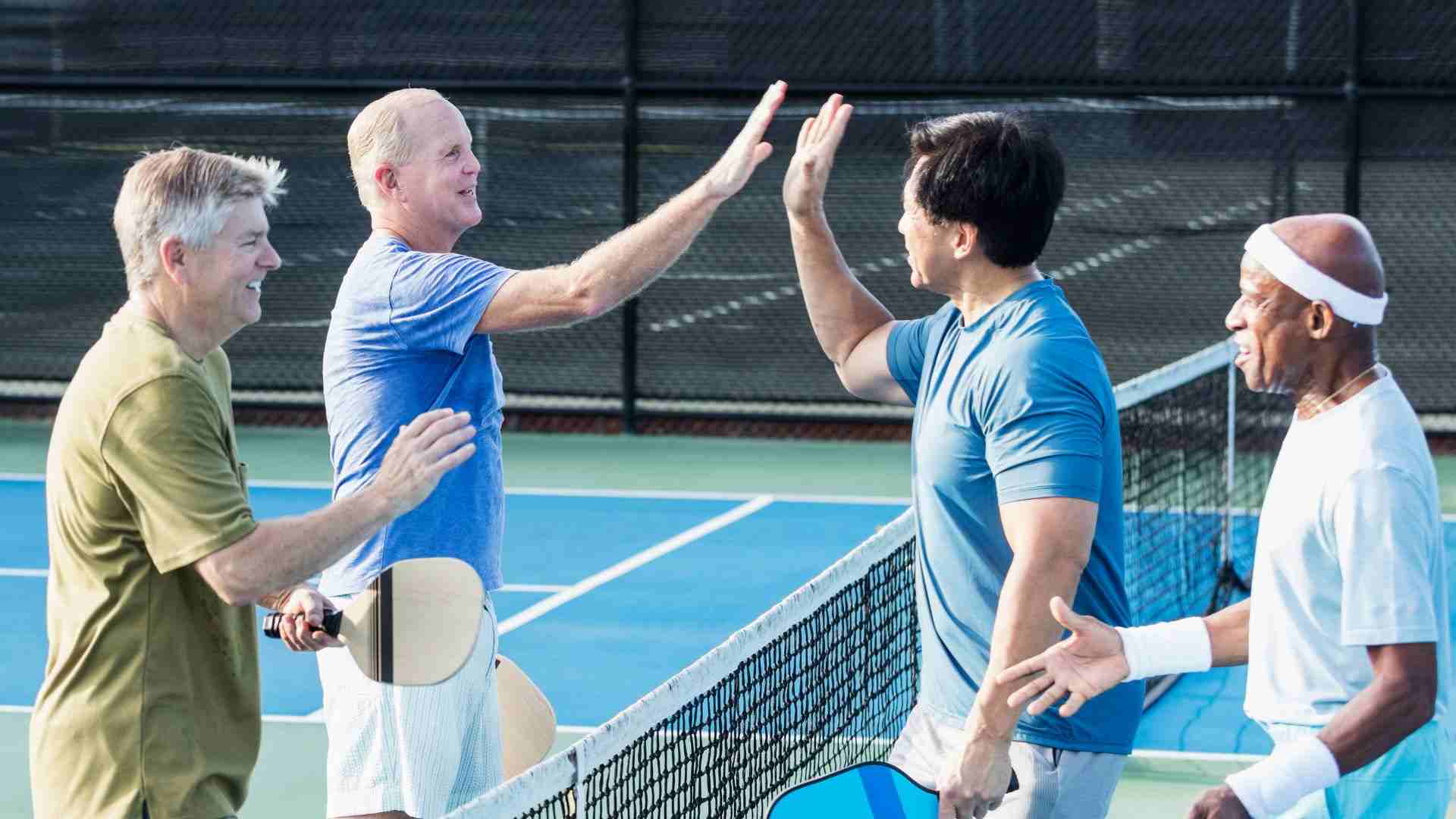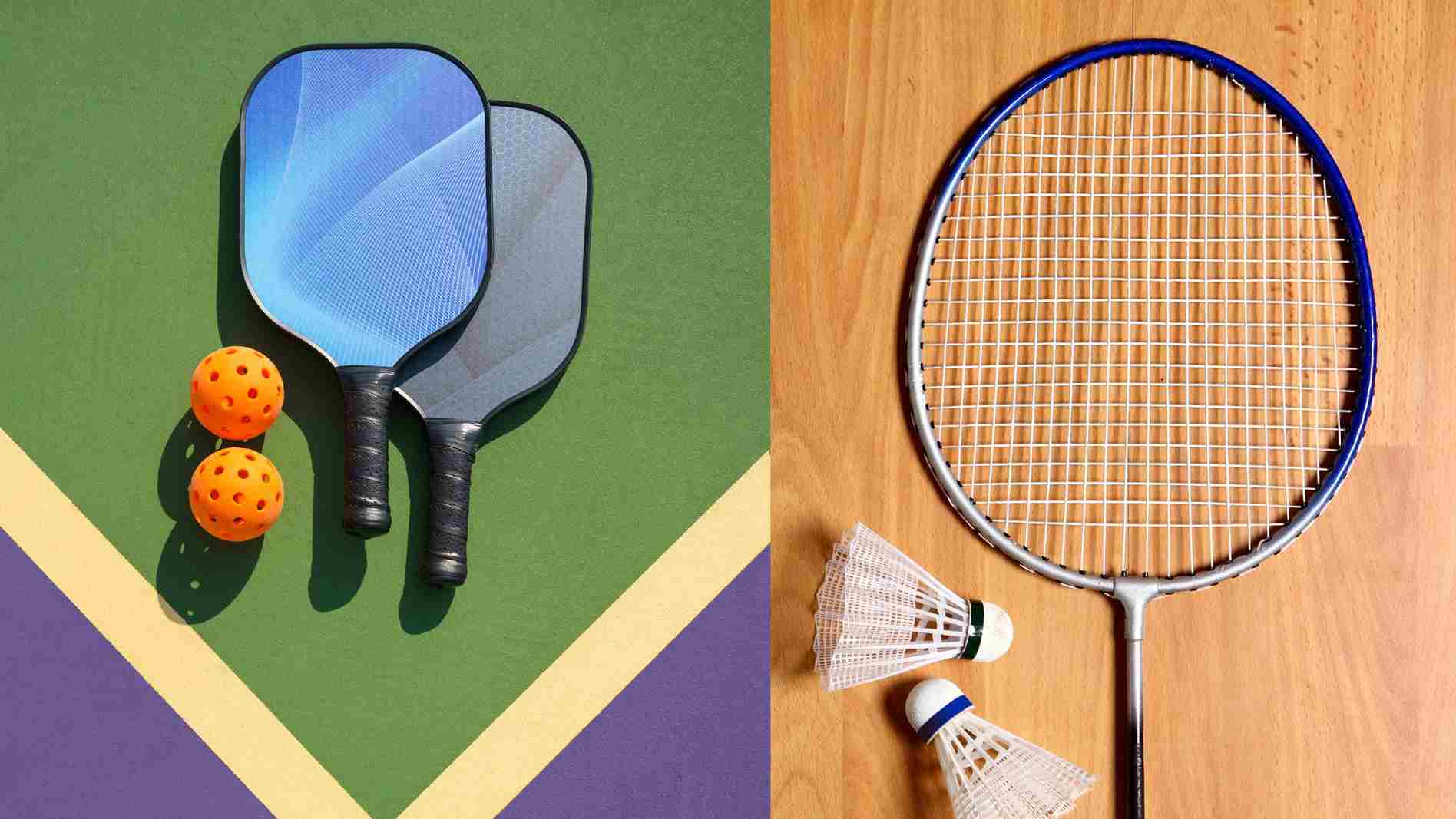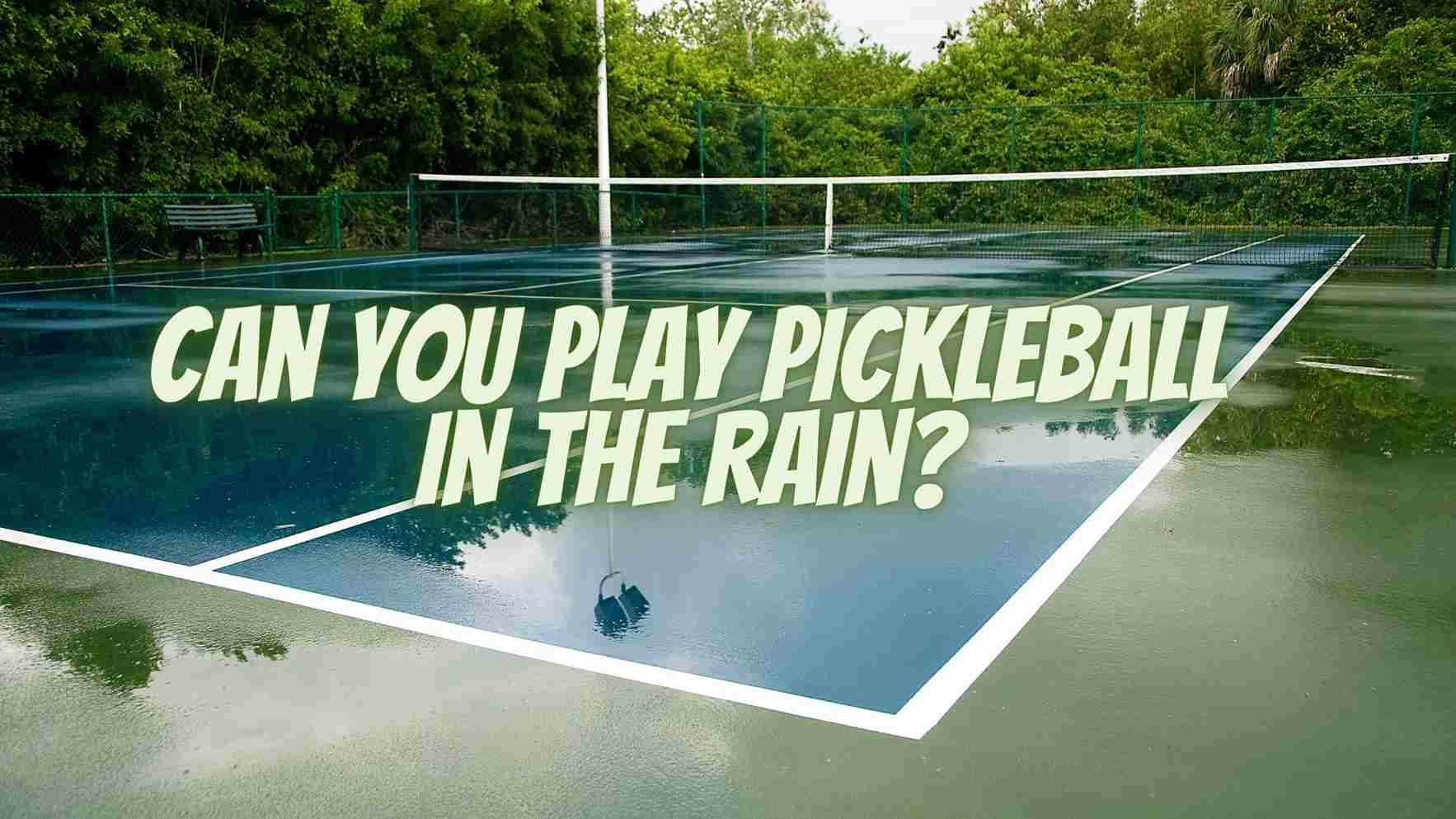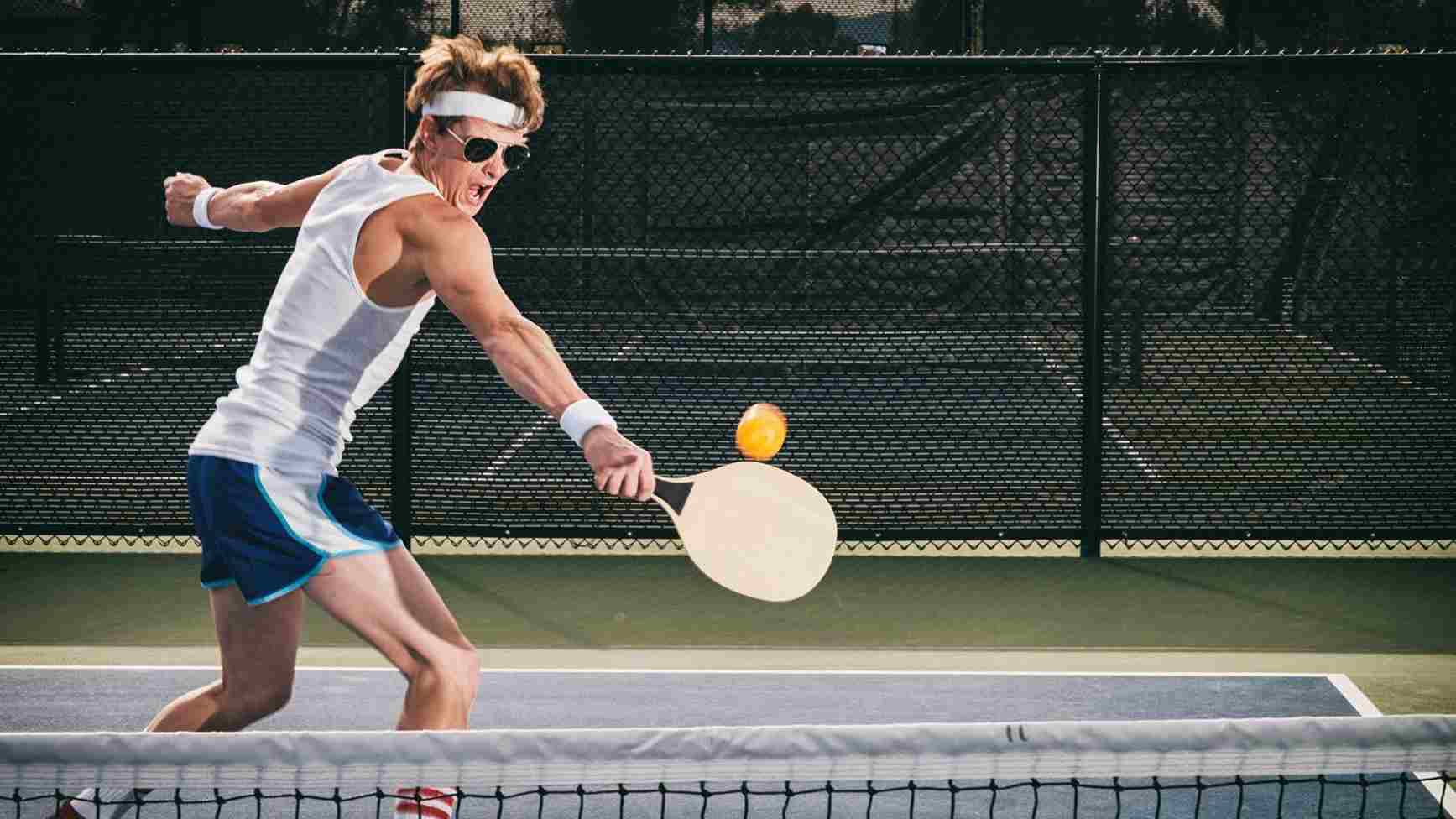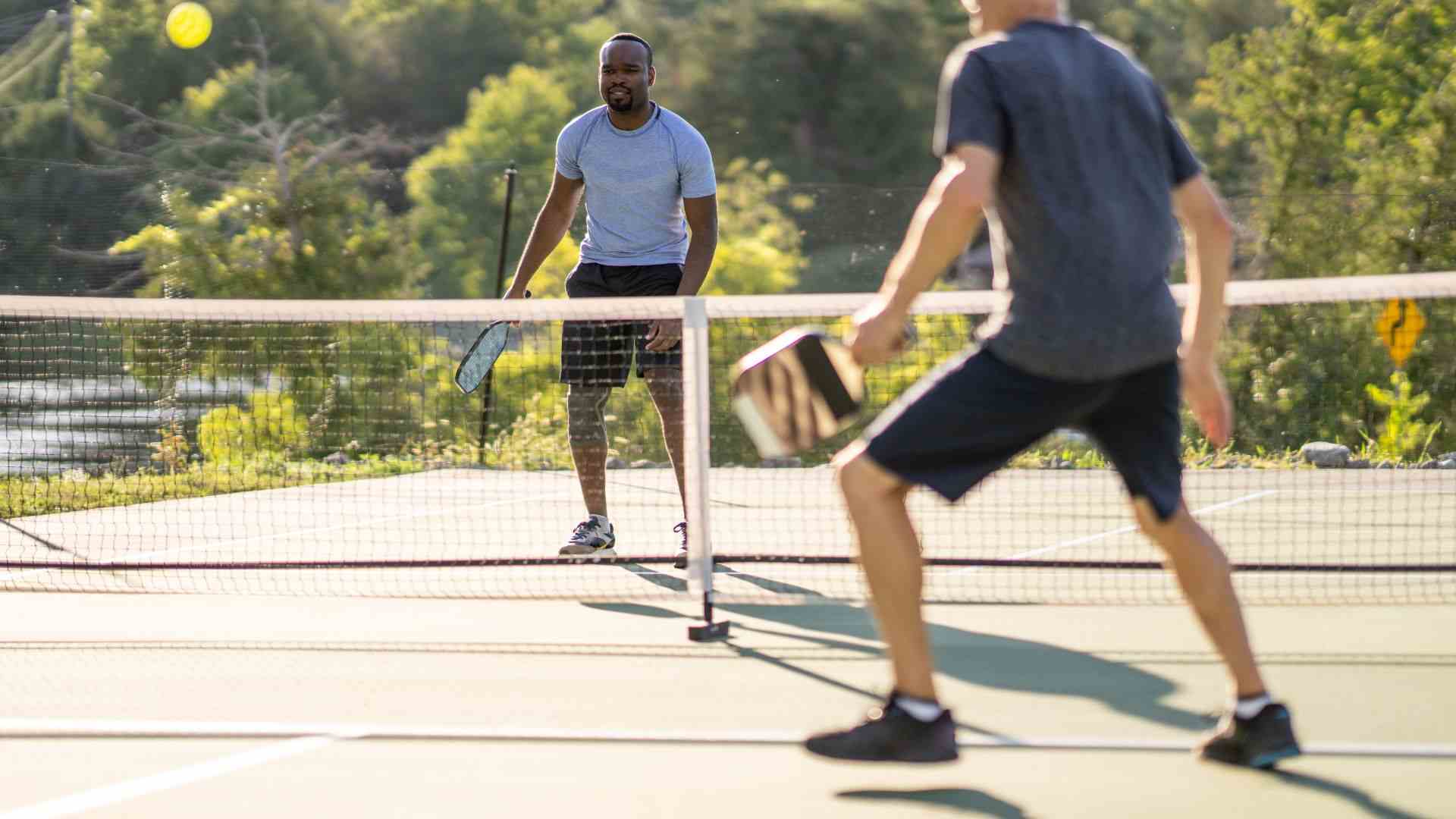
Pickleball is a popular racquet sport that has gained a huge following over the past few years. One of the most exciting formats of the game is singles play, which involves two players facing off against each other on a smaller court with a lower net.
In singles play, pickleball singles strategy is crucial, as it can be the determining factor in who comes out on top.
Having a strong game plan can help players to stay focused, make the right decisions, and ultimately outplay their opponents.
Whether you’re a seasoned singles player or just starting out, understanding the ins and outs of pickleball singles strategy can help you take your game to the next level.
In this article, we’ll dive into the key pickleball strategy singles and techniques that can help you improve your pickleball singles play, as well as the rules and regulations specific to singles play. Let’s get started!
Singles Pickleball Strategy
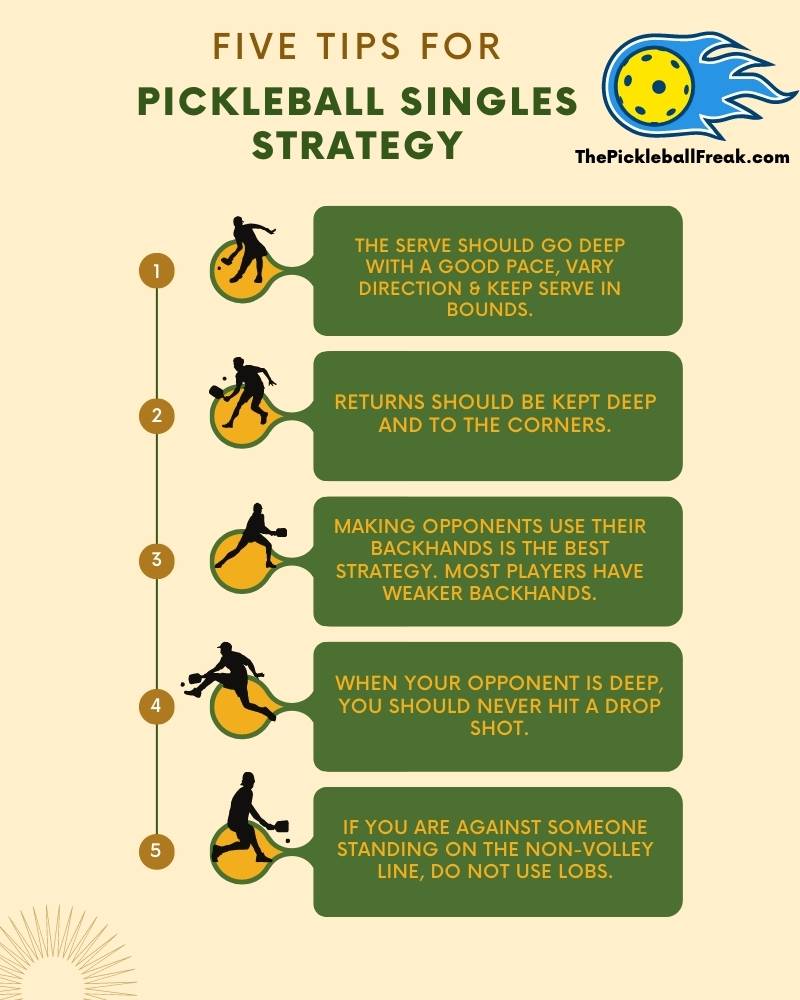
The Pickleball singles rules, require a different approach to play in 1 on 1 pickleball as compared to doubles, as there are only two players on the court instead of four. Here are some key strategies to keep in mind when playing singles.
Understanding Court Positioning
In the singles pickleball strategy, the court can feel quite small, and there is less space to cover. However, it’s still important to move around the court efficiently and strategically.
One key element of court positioning in singles is to stay near the centerline as much as possible. This can give you a better angle to hit the ball, as well as make it harder for your opponent to hit winners.
Importance of Shot Selection
In pickleball singles, it’s crucial to choose the right shots. Hitting the ball too hard or aiming for the sidelines too often can result in unforced errors, which can be costly in a match. Instead, aim to hit the ball with placement and spin, making it difficult for your opponent to return.
Always hit the ball as far as possible and on the opposite side of the court where your opponent is standing. It will give you enough time to prepare yourself and receive the serve.
Managing energy levels
Singles play can be physically demanding, as there is more ground to cover and less time to recover between points. It’s important to pace yourself and conserve energy where possible, especially in longer matches.
Reading your opponent’s game
In singles pickleball strategy, it’s crucial to be able to read your opponent’s strengths and weaknesses. This can help you anticipate their shots and adjust your own game plan accordingly.
Let your opponent make a mistake and wait for that moment to take advantage. Don’t go after scores, otherwise, you will make a mistake in haste. Just wait and try to give a tough time to your opponent and trick him with your serving moves.
Using the serve to your advantage
The serve is a key element of singles play, and using it effectively can give you a big advantage. Consider varying the speed and placement of your serves to keep your opponent guessing, and try to mix up your serves throughout the match.
When serving, Try to serve behind your opponent to encourage your opponent to make a backhand serve and it will give you the advantage to take the angles of the shot in your favor.
By keeping these strategies in mind, you can stay one step ahead of your opponent and increase your chances of success in singles play.
Pickleball Singles Strategy Tips:
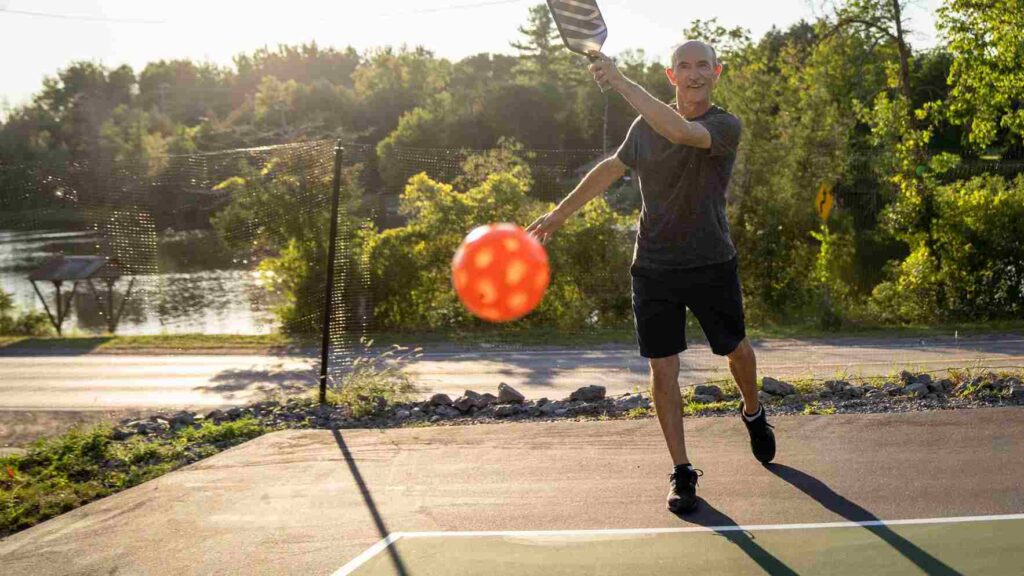
To improve your singles game, here are some strategy tips to keep in mind:
Focus on consistency
In singles play, making unforced errors can be costly. Aim to keep the ball in play as much as possible and avoid going for risky shots.
Move your opponent around
By hitting the ball with different speeds and angles, you can make it difficult for your opponent to get into a rhythm. Try to keep your opponent off-balance and force them to move around the court.
Anticipate your opponent’s shots
Reading your opponent’s game is crucial in singles play. Pay attention to their tendencies and try to anticipate where they will hit the ball next.
Keep your opponent deep
Hitting the ball deep can make it difficult for your opponent to hit winners. Aim to hit the ball to the back of the court and force your opponent to hit from a defensive position.
Use the drop shot sparingly
While the drop shot can be effective in singles play, it can also be risky. Only use it when you have a clear opportunity and can execute it well.
Stay mentally tough
Singles play can be emotionally and mentally demanding, especially in long matches. Stay focused and positive, and don’t let mistakes or bad calls affect your game.
By incorporating these strategy tips into your singles play, you can improve your performance and increase your chances of success on the court. Remember to practice regularly and be patient with yourself as you develop your singles game.
The Bounce Rule in Pickleball Singles Strategy:
In singles play, the bounce rule is an important aspect to keep in mind. According to the rules of pickleball, the ball must bounce once on each side before players can start hitting volleys. This means that players cannot hit the ball out of the air until it has bounced on their side and their opponent’s side.
The bounce rule can have a significant impact on pickleball singles strategies. Here are some things to consider:
Placement of the serve: In singles play, the serve is crucial. A well-placed serve can force your opponent to hit a defensive return, giving you an opportunity to hit an aggressive shot on the third hit. Consider aiming for a deep serve that bounces close to the baseline, forcing your opponent to hit from a defensive position.
Defense: When playing defense, focus on getting the ball deep and making your opponent hit from behind the baseline. This can give you more time to get into position and prepare for the next shot.
Offense: When hitting volleys, try to aim for the corners of the court. This can make it difficult for your opponent to reach the ball and give you an opportunity to hit a winner.
Strategy adjustments: The bounce rule can change the pace of the game and require players to be patient and play more rallies. Consider adjusting your strategy to focus on consistency and waiting for the right opportunity to hit an aggressive shot.
By understanding and utilizing the bounce rule in singles play, you can improve your strategy and increase your chances of success on the court. Keep in mind that the rule can also work in your opponent’s favor, so be prepared to adjust your game plan accordingly.
Is It Hard to Play Pickleball Singles?
Pickleball singles can be challenging, especially for players who are used to doubles play. Here are some pros and cons to consider:
Singles play can be more physically demanding, which can provide a great workout.
There is more space to move around the court, which can allow for more creative shot-making.
Players have more control over the game, as they are the only ones responsible for their side of the court
Drawbacks
Singles play can be mentally and emotionally demanding, as there is no teammate to rely on for support.
It can be more difficult to cover the entire court on your own, especially against skilled opponents.
Matches can be longer and more grueling than doubles play.
Despite the challenges, many players find that singles play can be extremely rewarding. It can help improve overall fitness, increase mental toughness, and provide a sense of accomplishment when playing at a high level.
If you’re interested in trying out singles play, it’s important to be patient and allow yourself time to adjust to the differences from doubles play.
Consider practicing with a partner or taking lessons to improve your singles game. With practice and perseverance, singles play can become a thrilling and rewarding aspect of the sport.








